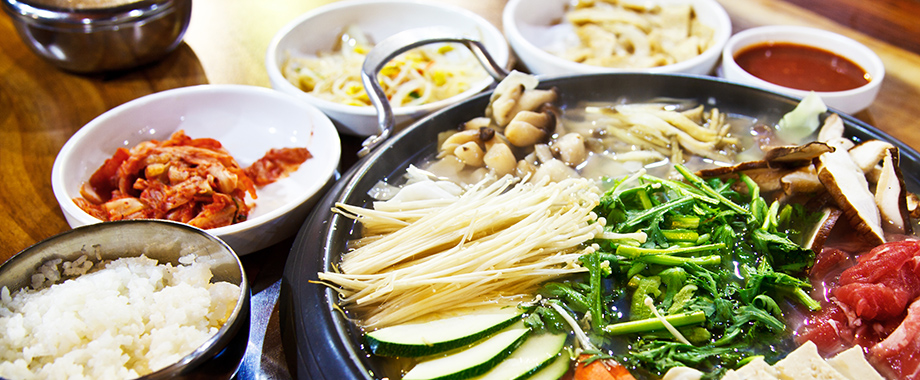Nearly every culture has some unique New Years tradition, starting with champagne toasts at midnight and ending with feasts of seafood, pork, or noodles. Read on for ideas of what to eat for good luck, prosperity, and long life:
Pork
Pigs are said to symbolize progress because they are always moving forward; other cultures believe that their plump bodies signify a new year of prosperity and abundance. From Germany to Cuba to Sweden, people around the world eat pork, ham, pork sausages, or pig’s feet on New Years Day for luck.
Fish
Germans and Scandinavians eat pickled herring at midnight. Their abundance in parts of Europe is hoped to bring abundance in the New Year, and their silvery color is reminiscent of silver coins. In China, eating a steamed fish cooked whole for the Lunar New Year (different from our January 1st New Year) is thought to bring a long, healthy life.
Beans
Beans and other legumes are eaten because their shape resembles a coin, and they are said to bring wealth and prosperity in the coming year. In Italy, Brazil, and much of Europe, residents eat lentils – with rice, in soups, or mixed with sausage. Lentils have added good luck due to the fact that they swell when cooked, adding the imagery of growing wealth. Sweet black beans called kuromame are usually on the menu in Japan, while in the southern United States, Americans eat black-eyed peas, often in a dish called a “Hoppin’ John.”
Noodles
In Japan, long soba noodles are eaten to ensure longevity. Because only unbroken noodles are said to bring long life, they are cooked in a soup, then slurped.
Fruit
Grapes, with their round shape again resembling coins, are the fruit of choice in Spain and many Latin American countries. New Years partygoers eat 12 grapes at the stroke of midnight, each one signifying a different month of the upcoming year. If, for example, the fifth grape is especially sweet and juicy, then May will be an especially good month that year! Round citrus fruits are also considered good luck, eaten in China and other Asian countries for the Lunar New Year. In Turkey and Greece, the red color and plentiful seeds of pomegranates are said to bring a healthy, fertile, and prosperous New Year.
Leafy Greens
In parts of Europe and the southern US, cooked greens resemble cash, and are eaten on January 1st to bring wealth. From Sauerkraut in Germany, to kale in northern Europe, to collard greens in the American south, people eat plenty of greens hoping for a financially prosperous year – and the added health benefits surely can’t hurt!
What Not to Eat
Chicken! Because chicken and other poultry scratch backwards, they are considered bad luck to eat on New Years Day in most parts of the world. Eating chicken would mean moving backwards in the upcoming year – something no one wants to do.
What foods do you typically eat in your country or region? Whatever your feast may be, we hope you have great celebration and a happy and healthy new year!



